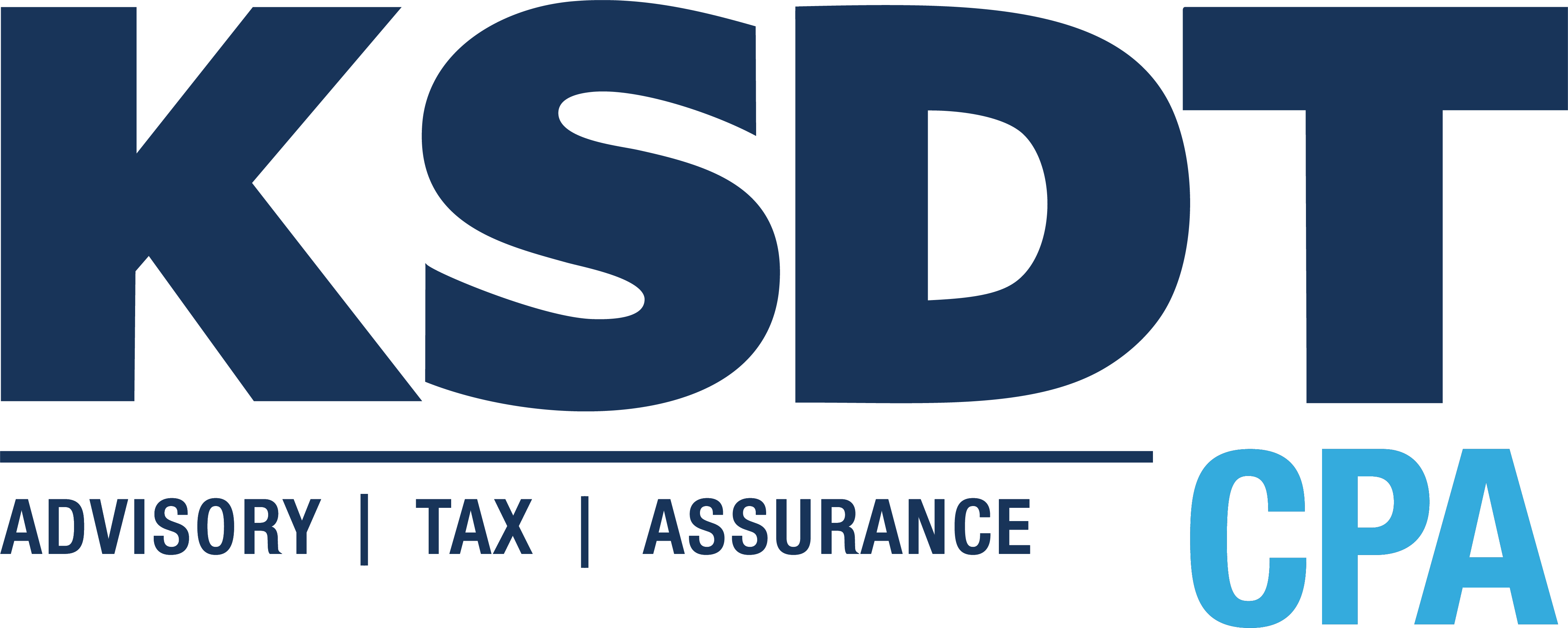Did you know the IRS provides a tool on their website that allows taxpayers to check their refund status? The good news is you don’t have to rely on your tax professional to access this information; you can access it directly yourself.
Here’s the direct link: https://sa.www4.irs.gov/irfof/lang/en/irfofgetstatus.jsp
How do I get started?
The “Where’s My Refund” tool can provide refund information for the three most current tax years. You’ll need the following information in order to complete the query:
- Social Security (or ITIN) number
- Filing Status (ex: married filing jointly)
- Exact refund amount listed on your tax return
After entering in the requested information correctly, a progress bar will appear showing three stages:
- Return received
- Refund approved
- Refund sent
The IRS processes most returns within 21 days, but occasionally a tax return may require additional review. Some of the most common delays in refund processing include:
- If the return has errors or is incomplete
- If the filer is the victim of identity theft or fraud
- If credits aren’t properly accounted for
What happens if the refund is sent, but not received?
The “Where’s My Refund” tool will tell you what date your refund was sent to your bank account for direct deposit. If the refund hasn’t been received timely, take the following steps:
- Check with your financial institution
- Verify that the routing and bank account numbers on your return are correct
- If it’s determined that an error was made when providing routing or account information, the direct deposit will be returned to the IRS and they will issue a paper check through the mail instead.
What if I don’t have online access?
Taxpayers can call the IRS Refund Hotline at 800-829-1954. Be sure to have the same information on hand (SSN, filing status, refund amount) when using their automated system to inquire about refund status.
How do I check the status of my state tax refund?
If your state collects income tax, it is possible to check the status of your return online or by automated phone service. While each state uses a slightly different system to check the refund status, having your SSN and refund amount will be needed. Some states may also require your date of birth, filing status, or zip code. Use an internet search engine to determine the correct state website lookup tool.
Want more information?
The IRS has a page describing the Where’s My Refund tool. You can access it using this link: https://www.irs.gov/refunds





